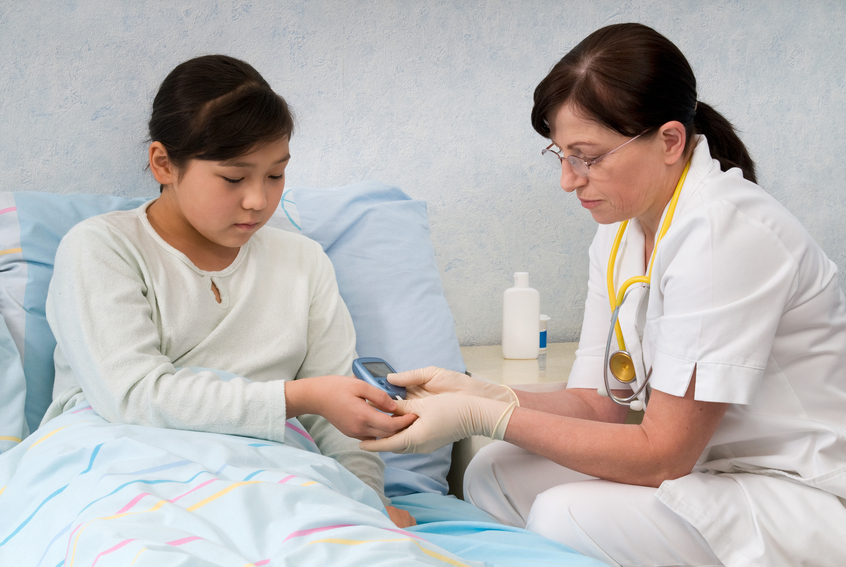
GPs who suspect a child has diabetes should send them to hospital on the same day, a watchdog has said.
The National Institute for Health and Care Excellence (Nice) issued new guidance saying children and young people should see a specialist immediately if a GP suspects the condition.
Every week 4,500 people are diagnosed with diabetes across the UK, and there are more than four million people living with the condition.
Type 1 diabetes occurs when the body cannot produce insulin. It affects one in 10 people with diabetes and usually occurs in children or young adults.
Type 2 diabetes happens when the body does not produce enough insulin and is linked to lifestyle factors such as being obese.
Diabetes can lead to serious consequences such as sight loss, limb amputation, kidney failure and stroke.
In the new guidance, Nice said GPs should refer children to hospital on the same day if they suspect they have Type 1 or 2. Latest figures show there are more than 500 youngsters living with Type 2 in England and Wales.
Around 26,400 children and young people have Type 1 diabetes.
The guidance says those with Type 1 should also be offered intensive insulin therapy to help them keep blood glucose levels as close to normal as possible.
Professor Gill Leng, deputy chief executive of Nice, said: “Type 1 and Type 2 diabetes can be a very difficult disease to manage for children and young people and their families, with a huge impact on their daily lives.”
She added: “We know that reaching and maintaining near normal blood glucose levels is difficult, but it reduces the tissue damage caused by high blood glucose, and so may avoid the long-term health problems caused by diabetes.
“Diabetes teams should provide all the help that children and young people need to stay as healthy as possible, including psychological support through access to mental health professionals with an understanding of diabetes.”
READ MORE
Obesity warning as more than 500 youngsters develop Type 2 diabetes
Study links childhood obesity to bowel cancer development

Enjoy the convenience of having The Sunday Post delivered as a digital ePaper straight to your smartphone, tablet or computer.
Subscribe for only £5.49 a month and enjoy all the benefits of the printed paper as a digital replica.
Subscribe